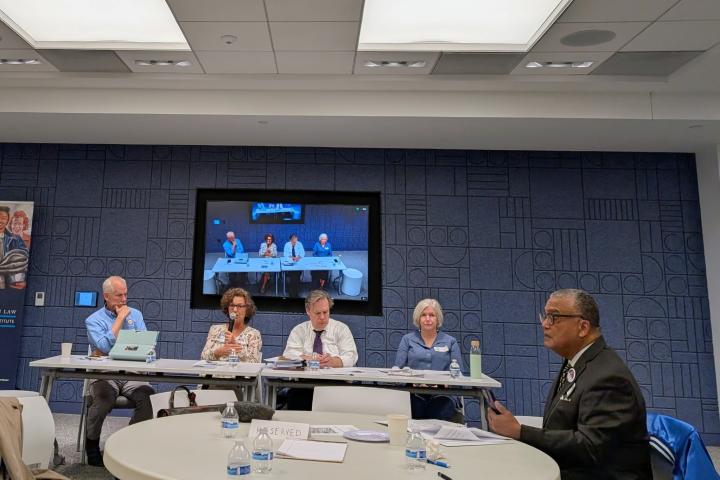
Buffalo Co-Lab Studies Child Care Crisis
Disparities between the needs for equitably accessible, quality child care and current funding models are the focus of “The True Cost of Child Care: Erie County, NY,” a study produced by the ILR Buffalo Co-Lab in partnership with the Live Well Erie Emergency Child Care Task Force, child care providers and New York State Assembly Members Monica Wallace and Karen McMahon.
Findings from responses from 234 of Erie County’s 499 licensed child care providers and four focus groups, coupled with publicly available data, include:
- The average annual wage for full-time child care workers in Erie County is just over $23,000, with a median hourly wage of $10.38.
- The Erie County child care workforce, currently between 3,100 and 3,300 people, is the lowest it has been in over a decade, suffering an 11% reduction just between 2019 and 2020.
- Child care workers are disproportionately women (88%) and people of color (35%); low wages and poor benefits literally perpetuate racial and economic inequality.
- Child care providers reported working an average of 25 uncompensated hours weekly.
Diane Abrams, director of Toot-Toot Daycare, said, “I get paid $190 weekly for an infant that is in my care from 30-45 hours per week. Many of my parents use public transportation and their children are with me from 9-10 hours a day, 45-50 hours a week. Based on the market rate, I get paid between $3.80 to $4.22 an hour.” Abrams and others involved in the study are featured in this video.
“I pay my staff minimum wage while I work 60-70 hours a week, paying myself less than minimum wage and often not paying myself in order to pay staff. Family day care providers cannot continue providing child care to low-income families under the current market rate. We must get paid for enrollment and the cost of care,” she said.
Russell Weaver, Buffalo Co-Lab research director, said “Given the foundational role that child care work plays in support of the entire workforce system, allowing these dynamics to play out uninterrupted has multiplying, and devastating, effects throughout society and the economy.” Without enough workers, child care providers cannot accept children into their programs and parents cannot return to work, resulting in labor shortages.
Lou Jean Fleron of the ILR Buffalo Co-Lab said, “Cornell has played a role in child care reform since the early 2000s and continues to provide actionable research and collaborative assistance. This study identifies and quantifies gaps between actual operating costs and state subsidy support, gaps between current wages and living wages for child care workers, and equity gaps in access, affordability and sustainability.”



